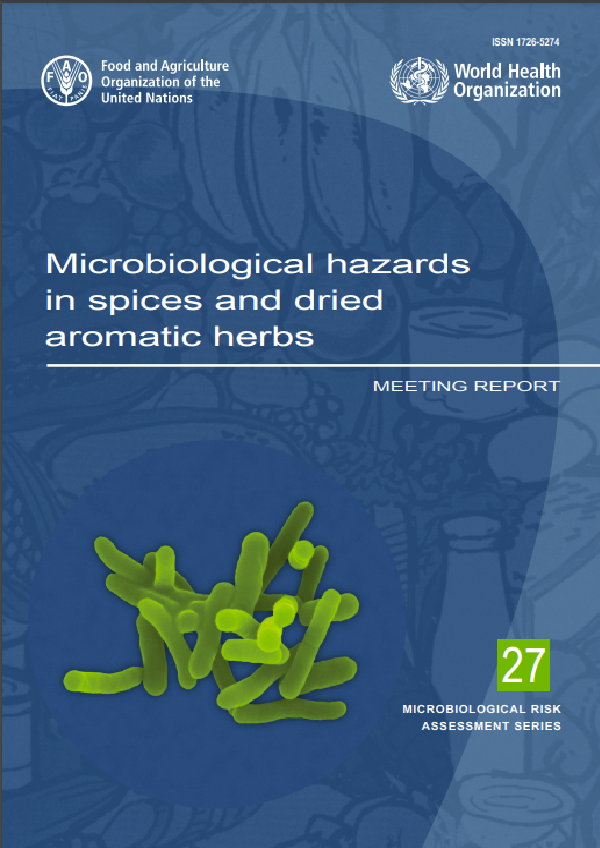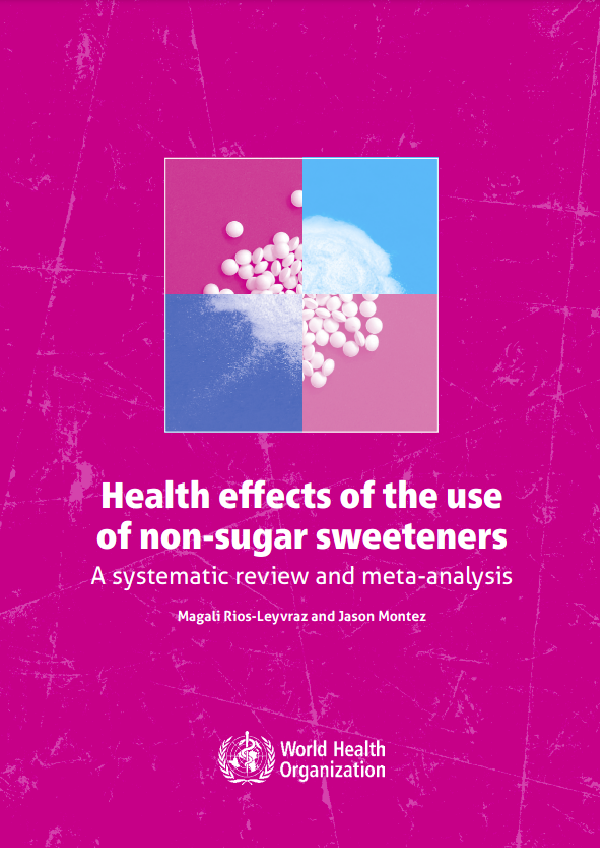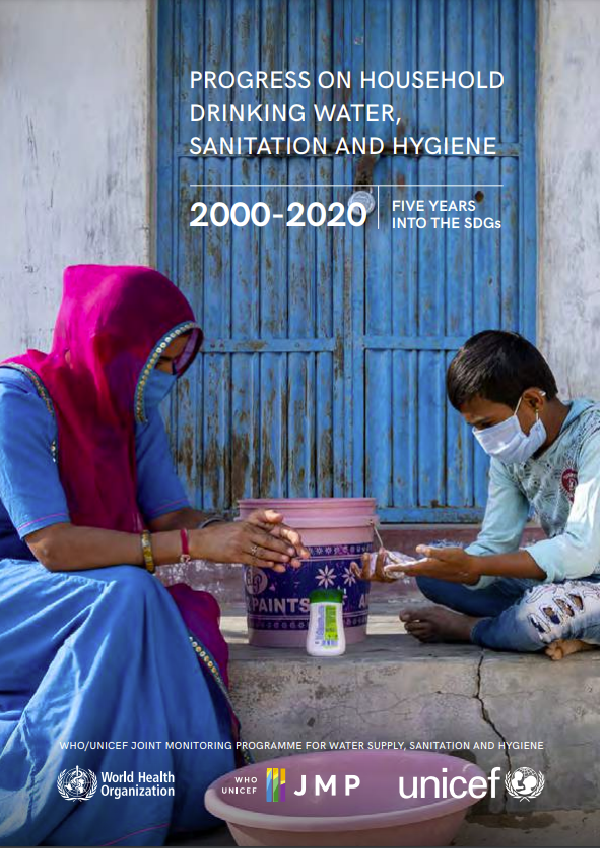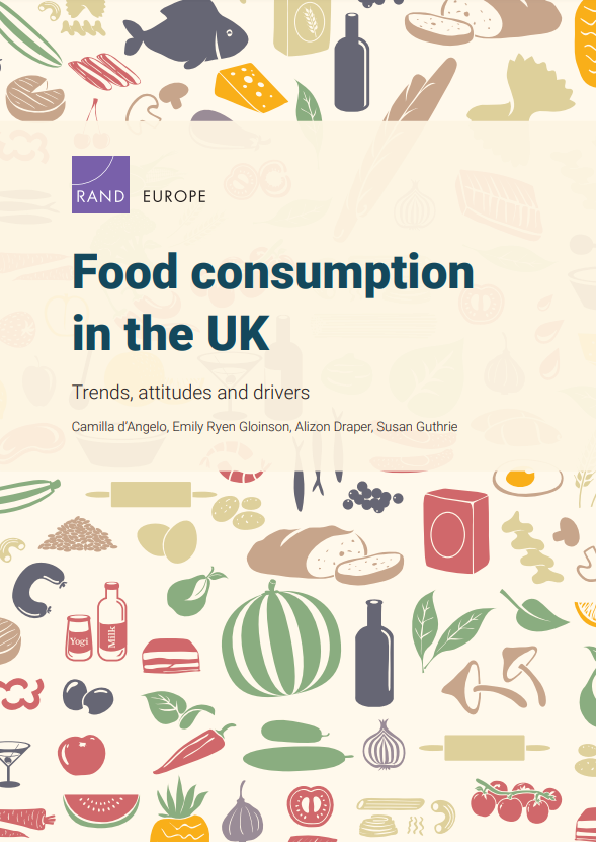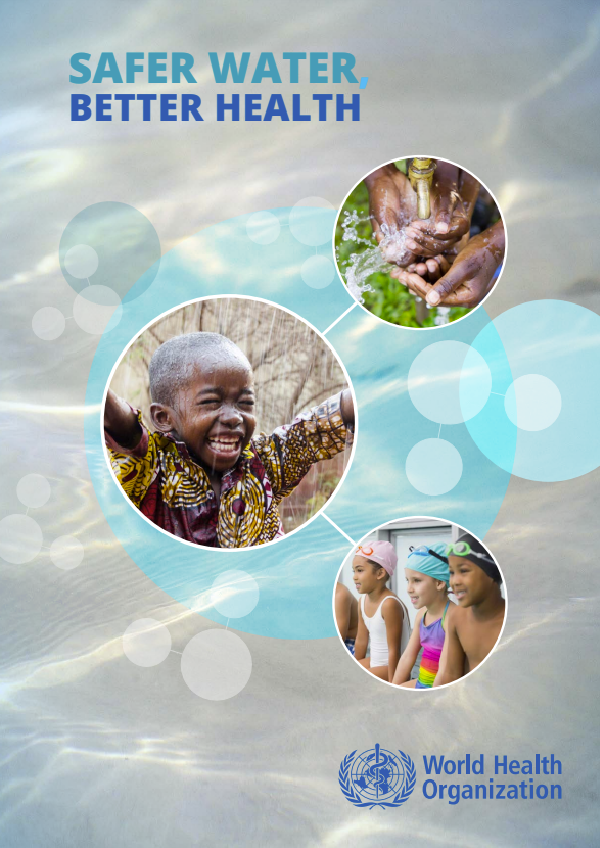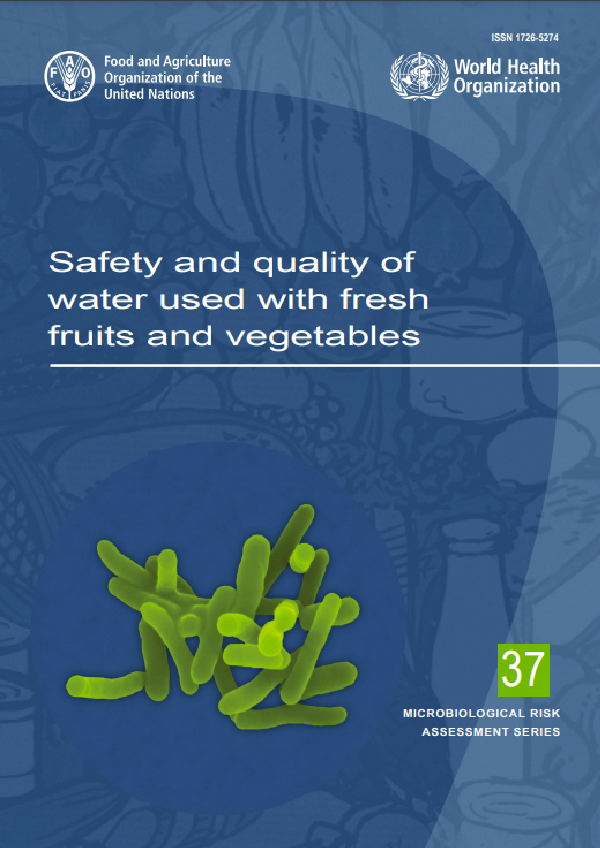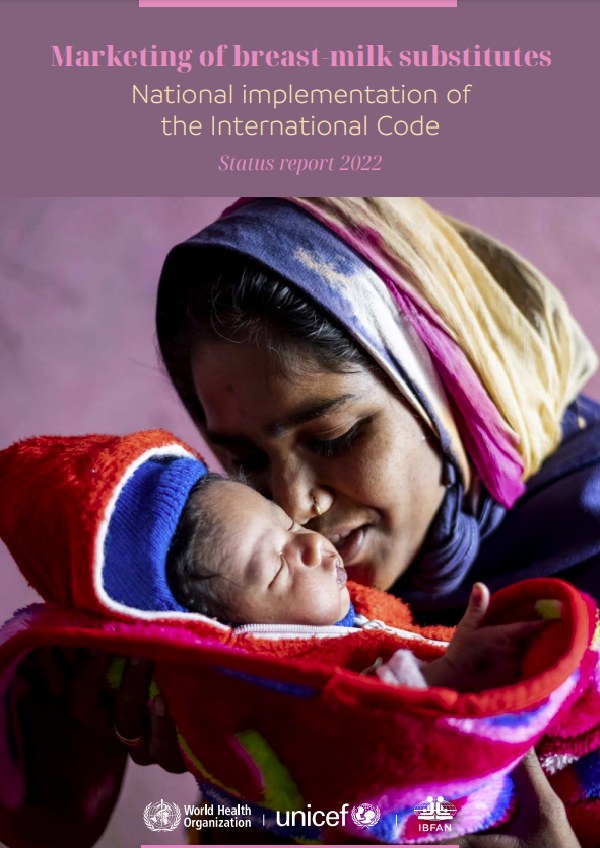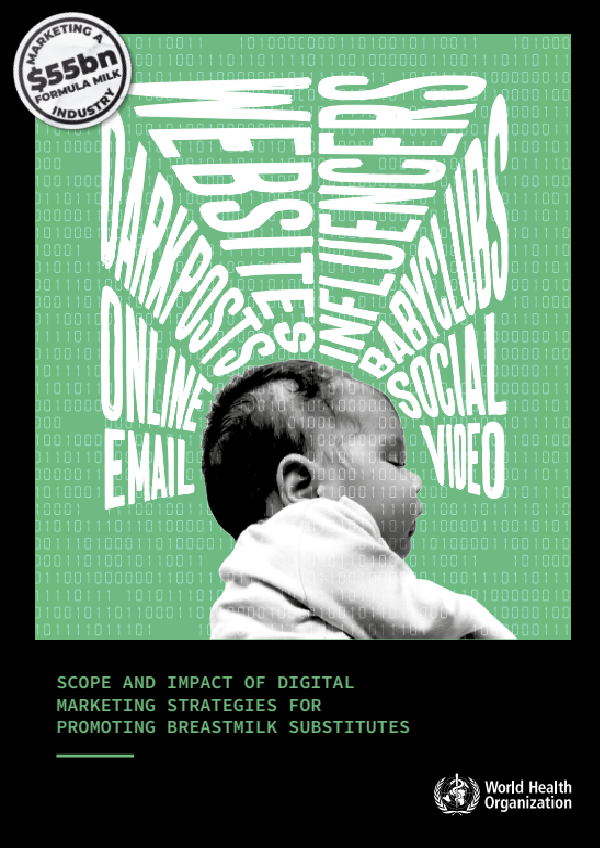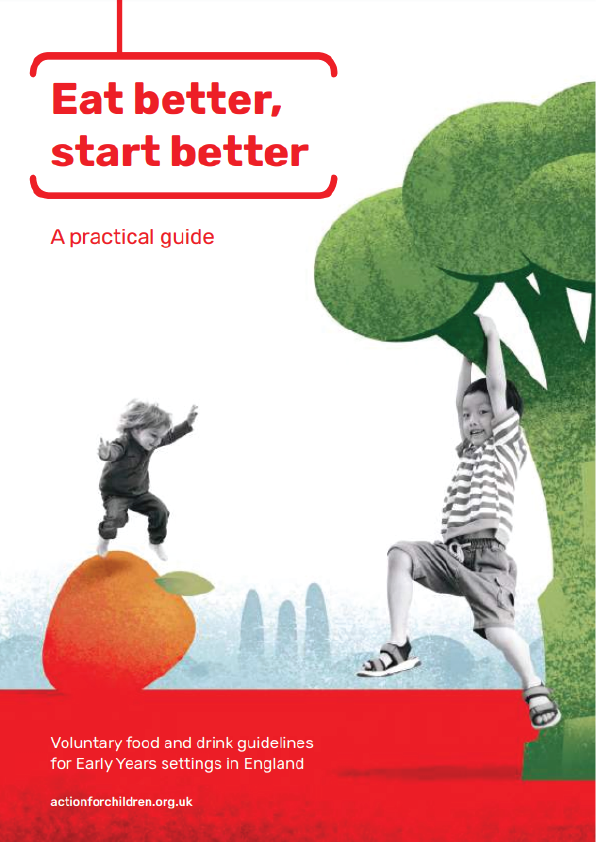Microbiological hazards in spices and dried aromatic herbs: meeting report
Spices and dried aromatic herbs impart flavor when added to food, and they may include many parts of the plant, including berries, flowers, leaves, roots, and seeds. A number of different pathogens have been found in spices and dried aromatic herbs on the market. Increased concern and attention to the safety of spices and dried aromatic herbs prompted the Codex Committee on Food Hygiene (CCFH) to request FAO and WHO undertake a risk assessment on microbiological hazards in these food commodities. FAO and WHO initiated a series of activities that culminated in an expert meeting of the FAO/WHO Joint Expert Meeting on Microbiological Risk Assessment (JEMRA) on 7–10 December 2014.
The meeting considered the global evidence on the burden of illness, prevalence, and concentration of selected microbial hazards with respect to various spices and dried aromatic herbs, and interventions aimed at controlling them in these commodities. Based on a structured review and analysis of information, the meeting agreed that Salmonella spp. and the spore-forming organisms B. cereus and C. perfringens should be considered foodborne pathogens of particular concern with respect to spices and dried aromatic herbs. To assess the health risks related to the commodity-pathogen combinations, a number of spice and dried aromatic herb commodities was selected, and a ranking approach was developed, considering key variables influencing the risk of microbial contamination for spice and dried aromatic herb and its relevant production and processing conditions. Using this approach, irrespective of the specific spice or dried aromatic herb, poor controls and practices together with no treatment predicted a high risk with few exceptions. Also, it was noteworthy that all 15 highly ranked (high-risk) scenarios were associated with Salmonella spp. Despite the expectation that some microbial inactivation is expected to occur during drying and storage, validated microbial reduction treatments are usually required for the control of Salmonella. When used in conjunction with good hygiene practices (GHP), good manufacturing practices (GMP), and hazard analysis and critical control points (HACCP), these treatments play a critical role in the safety of these products, particularly if spices and dried aromatic herbs are subsequently added to foods that would support the growth of pathogens or to those that are consumed without further heat treatment.
In considering microbiological criteria for spices, the meeting noted that the microbiological safety of food is principally achieved through the implementation of control measures throughout the production and processing chain. The experts assessed the performance of the existing Codex sampling plan for Salmonella against several contamination scenarios (FAO and WHO, 2018). The sampling x plan had some value when all lots were tested, and yet when only a small portion of lots was tested, the likelihood of detection was dramatically reduced. The meeting considered establishing a microbiological criterion indicator that would reflect the production and processing conditions to which a particular commodity had been exposed, but at the time of the meeting, there were insufficient data to establish appropriate limits.
